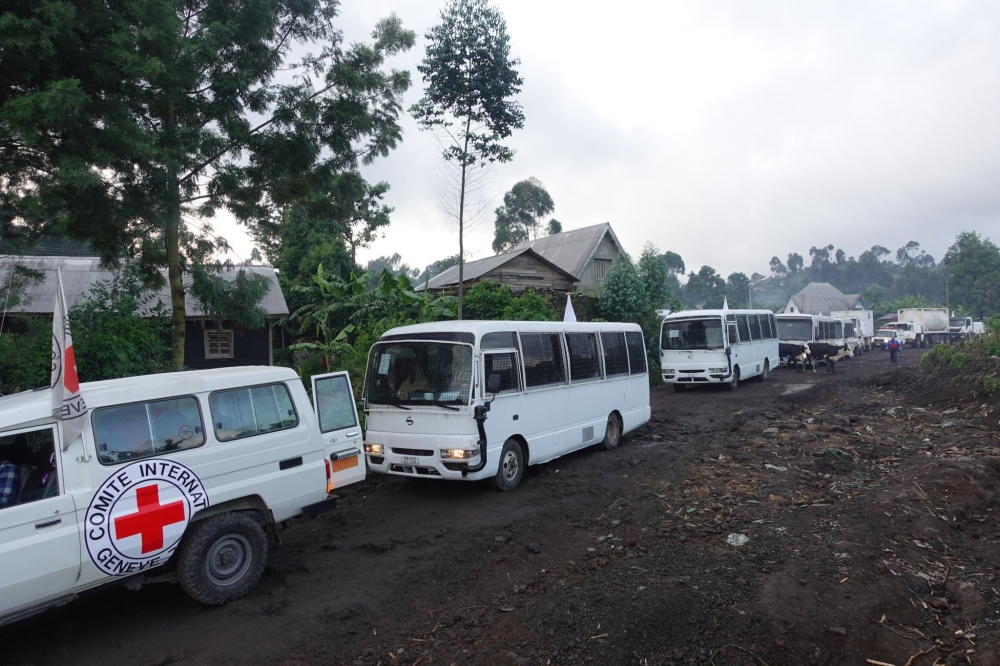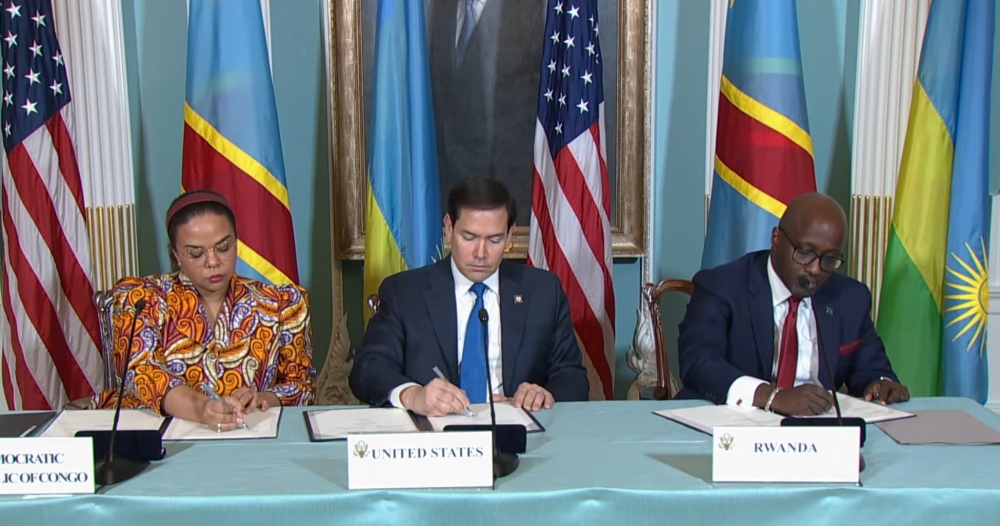National University of Rwanda (NUR) was in the news again yesterday for reasons the top institution of higher learning in the country is not proud of. A few days ago it was the cry from the rector that this 45-year old university is faced with stiff challenges when it comes to retaining its top quality academic staff. The latest story is about severe shortage of space in the library, relative to the current number of students.

National University of Rwanda (NUR) was in the news again yesterday for reasons the top institution of higher learning in the country is not proud of. A few days ago it was the cry from the rector that this 45-year old university is faced with stiff challenges when it comes to retaining its top quality academic staff. The latest story is about severe shortage of space in the library, relative to the current number of students.
The number of students stands at 8000 now and only 200 of them have places for them at any one time in the reading auditorium.
After successive years of adding new academic programs like the masters in public health in 2000 and the under graduate school of journalism a few years before, almost every facility at the campus is under unbearable pressure from a disproportionate number of students.
And the problem at NUR is not that it should never have the number of students it has now. It is that for financial and other reasons such as improper prioritisation, it has not been prepared to accommodate the current number. Otherwise it is all right for it to have, say, double the current number of students in 2013, so long as a core academic facility like the library will have expanded to sit at least one thousand students at one go.
The scenario at NUR is typical of most academic institutions in the developing world. Human capital and infrastructural facilities capacity challenges are a common definition.
Pressured by the need to move at a pace that will make Vision 2020 a reality, government often tries ambitiously to tackle the challenges in a way different from the ‘business as usual’ style.
Indeed ambition is what it will take to produce a work force equipped with the kind of skills necessary especially in critical areas of national life. The skills that will serve as a crucial incentive to foreign investors that we so badly need.
There was a comprehensive needs assessment carried out at NUR from August to November 2006 to determine capacity gaps. Certainly it captured all these challenges the university is faced with at the moment. Prior to that during the same year, there had been a historic initiative which saw the university administration enter into a contract with the Office of the President, designed to add impetus to the campaign that will reinstate NUR as the number one knowledge institution.
In view of the latest lamenting about staff retention and library space problems, shall we please pause for a while and take stoke of what the contract and the needs assessment initiatives have delivered?




